Testing Composted Horse Manure in the Garden

by
White Oak Studio Designs
(IC: professional)
I have been determined to get a head start on our vegetable gardenthis year. So when a friend with horses offered to give us some well-compostedmanure I took her up on that offer. I am reminded that the art of gardening bypermaculture tells us to use what we have that is local. It saves a lot of gasin the initial transporting process and petro chemicals in not having tomake/fill/recycle plastic bags.
Yesterday it was a beautiful 50 degree sunny day and Geneand I drove to the farm and filled up twenty 5-gallon buckets, and then drove homeand dumped them on our raised beds. We made a total of three trips; two for theveggie garden and one for my perennials plants.
With all of the reading I have been doing on the art ofpermaculture, we are changing our old-fashioned thinking process and this year addedraised bed to our fenced-in vegetable garden this year. We’ve been playing a lot of catch-up on ourland since the five year flooding wiped out a lot of our hard work.
When Gene was in charge our garden was traditional; straightpaths, straight rows filled with string, posts and seeds. Next year I plan torework the fenced in area on an angle with a central area for ornaments but for thisseason my focus is food and chickens so that is where our labor and effort isgoing.
I've ready many articles on using well rotted horse manure to plant in so I am testing it this year.
We will plant many typical zone 5 vegetables; tomatoes,potatoes, kale, spinach, snow peas, beans, radishes, squash and zucchini andmore. What we cannot grow here, due to our short growing season or soil, I’llbuy at the farmer’s market or from roadside stands.
Here is the result of our adventure. It won’t be long nowuntil I can plant our snow peas and by the time I plant the rest of our organicseeds, approximately two months from now, our soil should be ready to plant.
Today we were blessed with a light rainfall to wash thecomposted soil down and wet it thoroughly. This should be a call to the wormsto "come on down!"
Yesterday it was a beautiful 50 degree sunny day and Geneand I drove to the farm and filled up twenty 5-gallon buckets, and then drove homeand dumped them on our raised beds. We made a total of three trips; two for theveggie garden and one for my perennials plants.
With all of the reading I have been doing on the art ofpermaculture, we are changing our old-fashioned thinking process and this year addedraised bed to our fenced-in vegetable garden this year. We’ve been playing a lot of catch-up on ourland since the five year flooding wiped out a lot of our hard work.
When Gene was in charge our garden was traditional; straightpaths, straight rows filled with string, posts and seeds. Next year I plan torework the fenced in area on an angle with a central area for ornaments but for thisseason my focus is food and chickens so that is where our labor and effort isgoing.
I've ready many articles on using well rotted horse manure to plant in so I am testing it this year.
We will plant many typical zone 5 vegetables; tomatoes,potatoes, kale, spinach, snow peas, beans, radishes, squash and zucchini andmore. What we cannot grow here, due to our short growing season or soil, I’llbuy at the farmer’s market or from roadside stands.
Here is the result of our adventure. It won’t be long nowuntil I can plant our snow peas and by the time I plant the rest of our organicseeds, approximately two months from now, our soil should be ready to plant.
Today we were blessed with a light rainfall to wash thecomposted soil down and wet it thoroughly. This should be a call to the wormsto "come on down!"
Finishing off the raised log garden beds prior to adding the well composted horse manure. Our garden runs north to south and is situated next to our pole barn. Eventually the end of this fenced in area will hold our rebuilt chicken coop and run.
Our truck filled with 5-gallon plastic buckets filled with composted horse manure. We founds some great stones in the field too.
A close up of the "no till" log bed filled with the composted manure. This is a no frills, no cost project! Since we don't walk on the soil of our beds in order to now compact the soil, we walk on the paths on both sides. Eventually we will add hay on the pathways to keep the weeds and grasses to a minimum.
The large pile of horse manure on Red Ranch Farm. I've discovered that manure warms you twice; once when you dig it and again when you spread it!
A close-up look at the simplicity of these shallow raised beds. Maple leaves make a great mulch and pathway covering too.
Six garden beds will give us enough vegetables for our two person household.
Enjoyed the project?
Published April 3rd, 2014 10:50 AM
Comments
Join the conversation
2 of 14 comments
-
If you need to warm up the planting beds, you could cover them with black plastic...weight them down with rocks or bricks. It has the added advantage of killing any weeds that might sprout and it will warm up the beds fast and it further composts the manure, too.
 Bonny McDaniel
on Apr 11, 2014
Bonny McDaniel
on Apr 11, 2014
-
-
Great idea, thanks.
 White Oak Studio Designs
on Apr 11, 2014
White Oak Studio Designs
on Apr 11, 2014
-




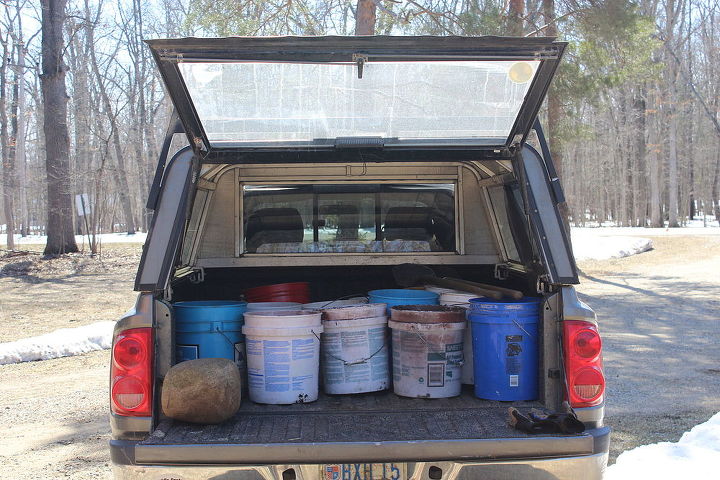
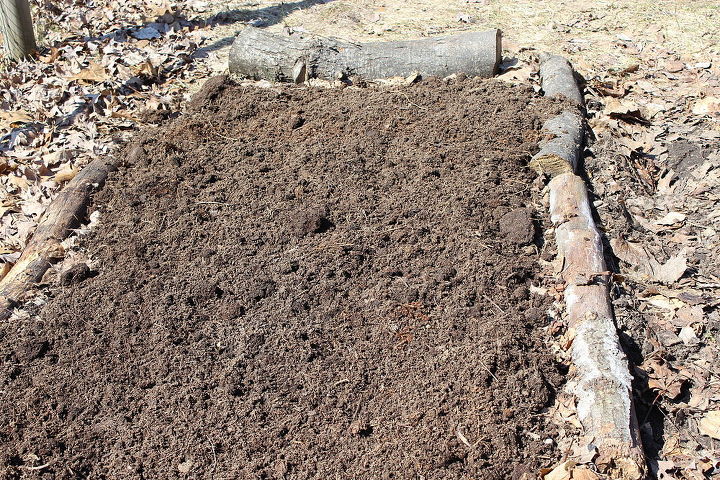
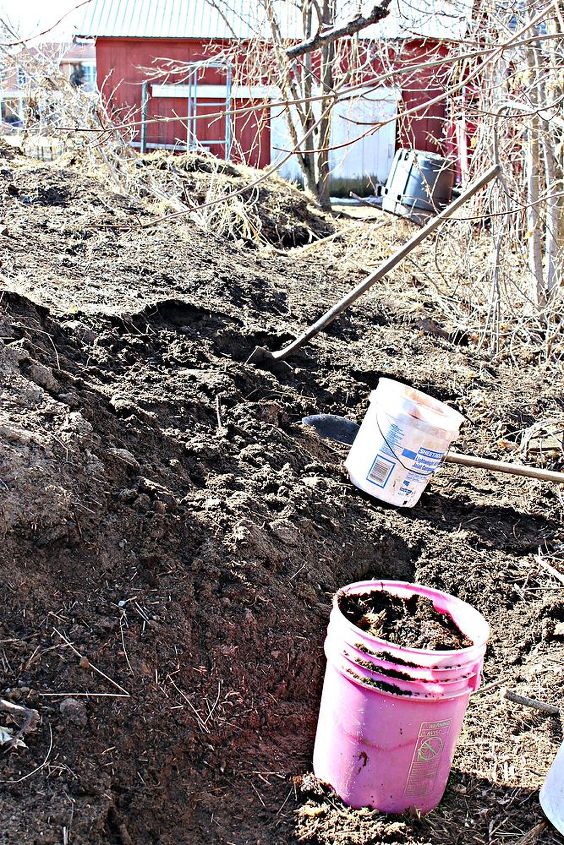
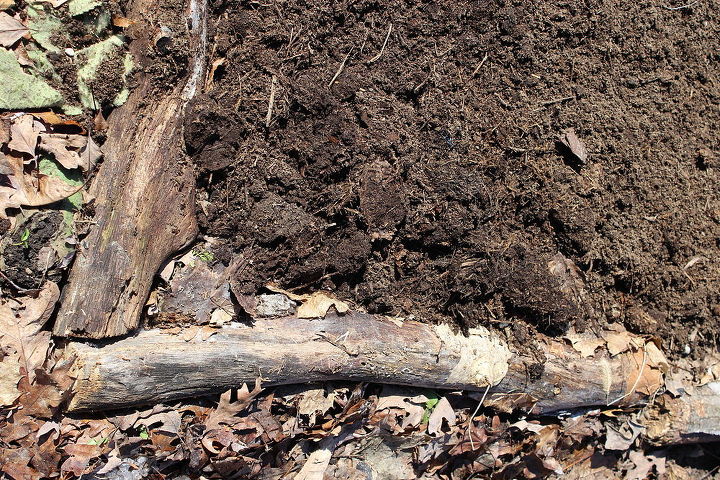
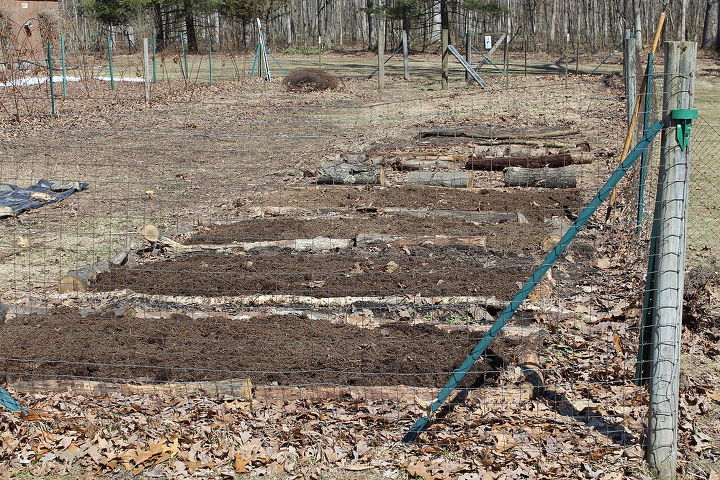

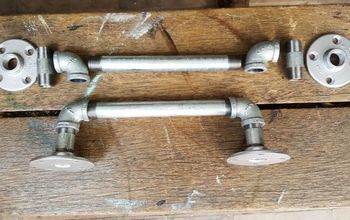





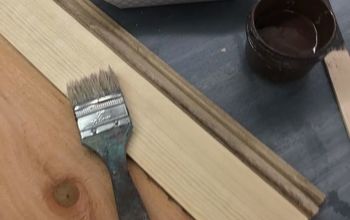


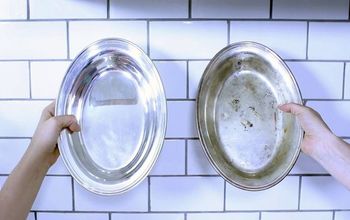



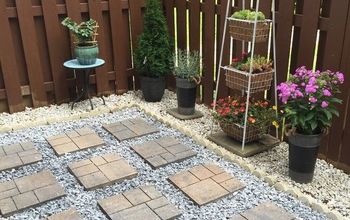

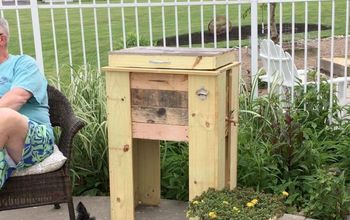
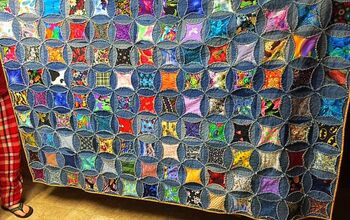





Frequently asked questions
Have a question about this project?